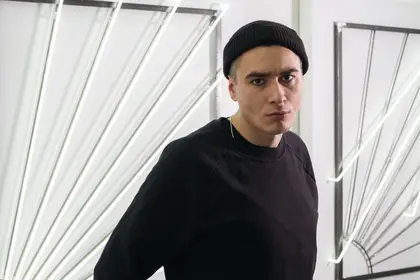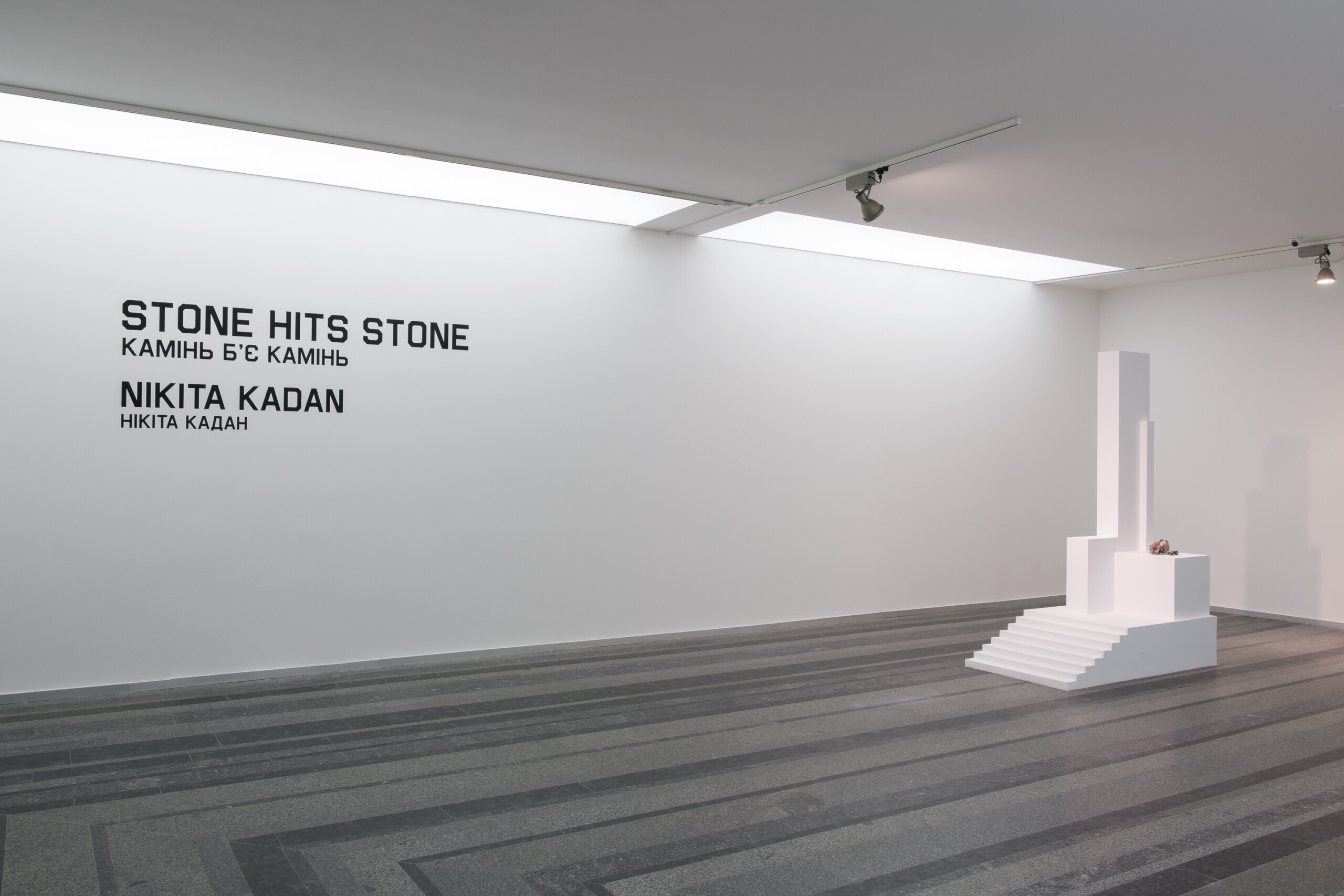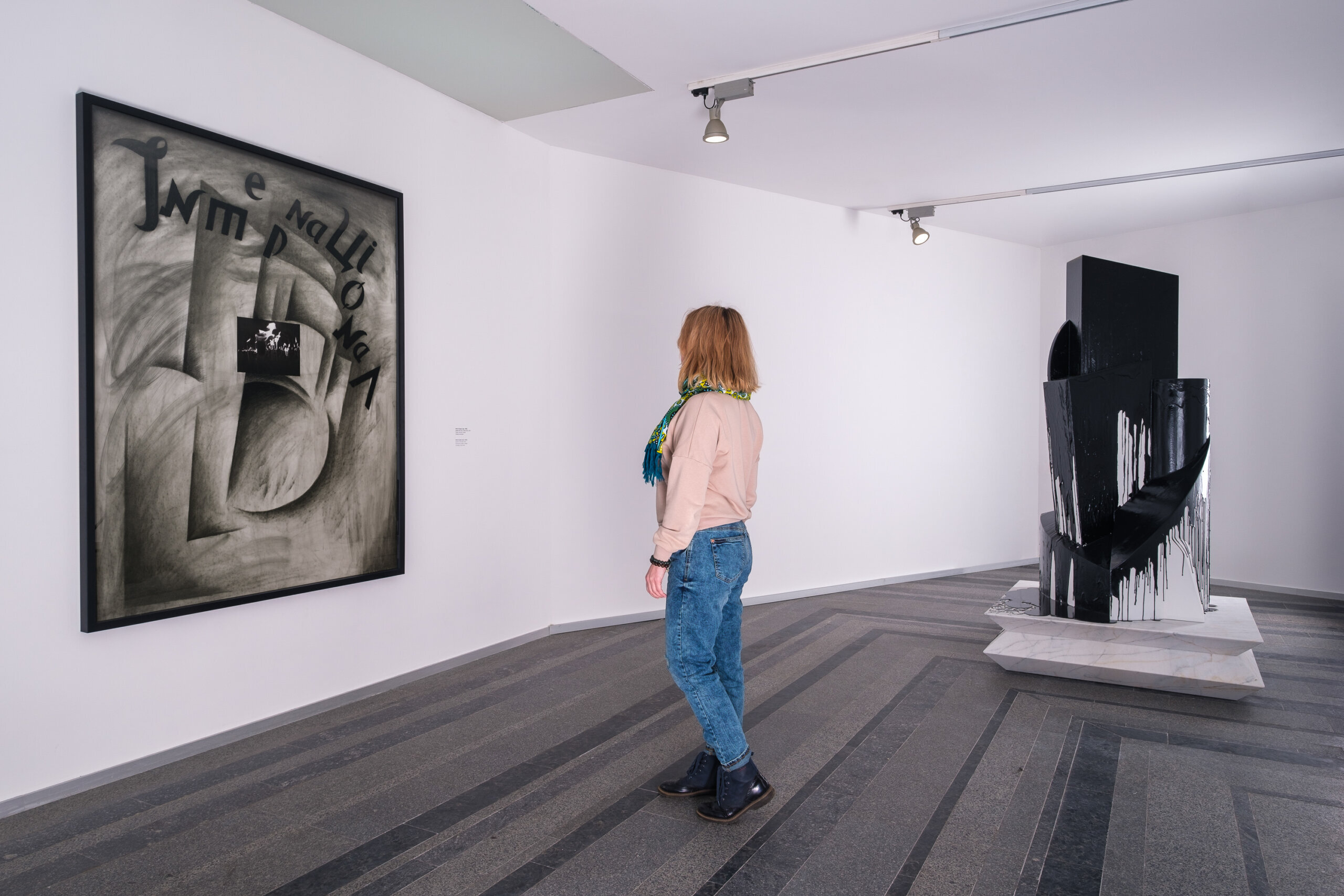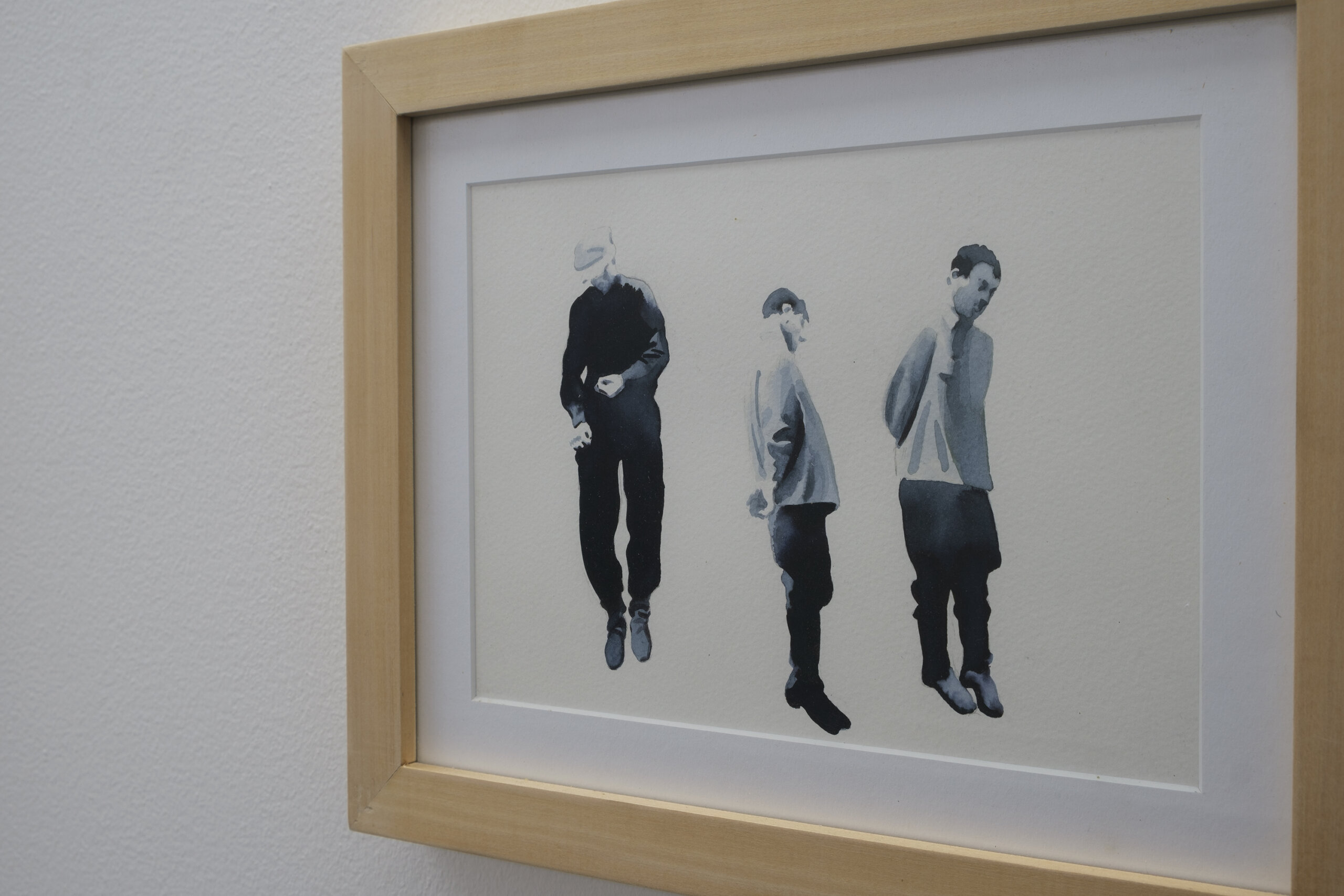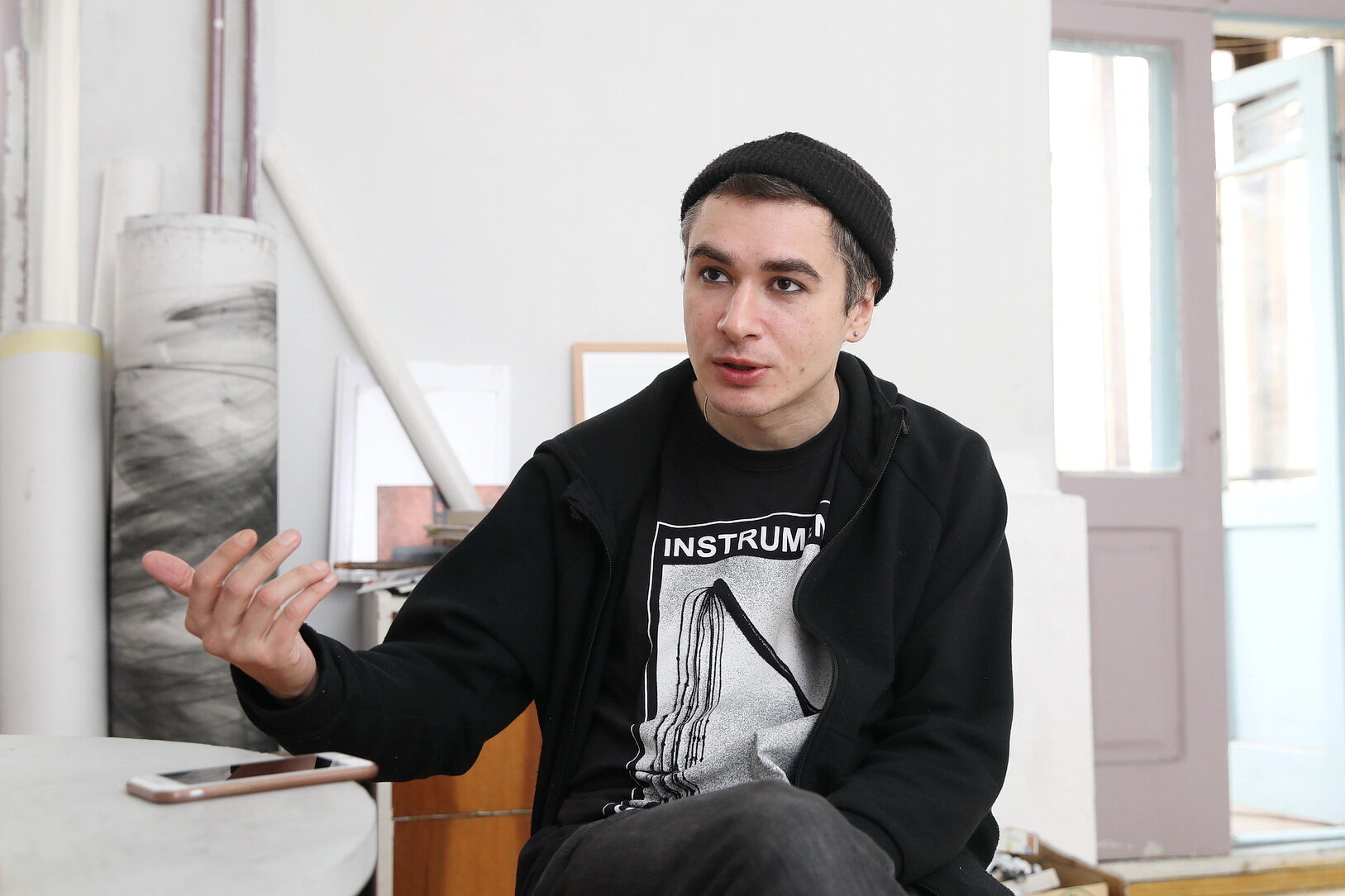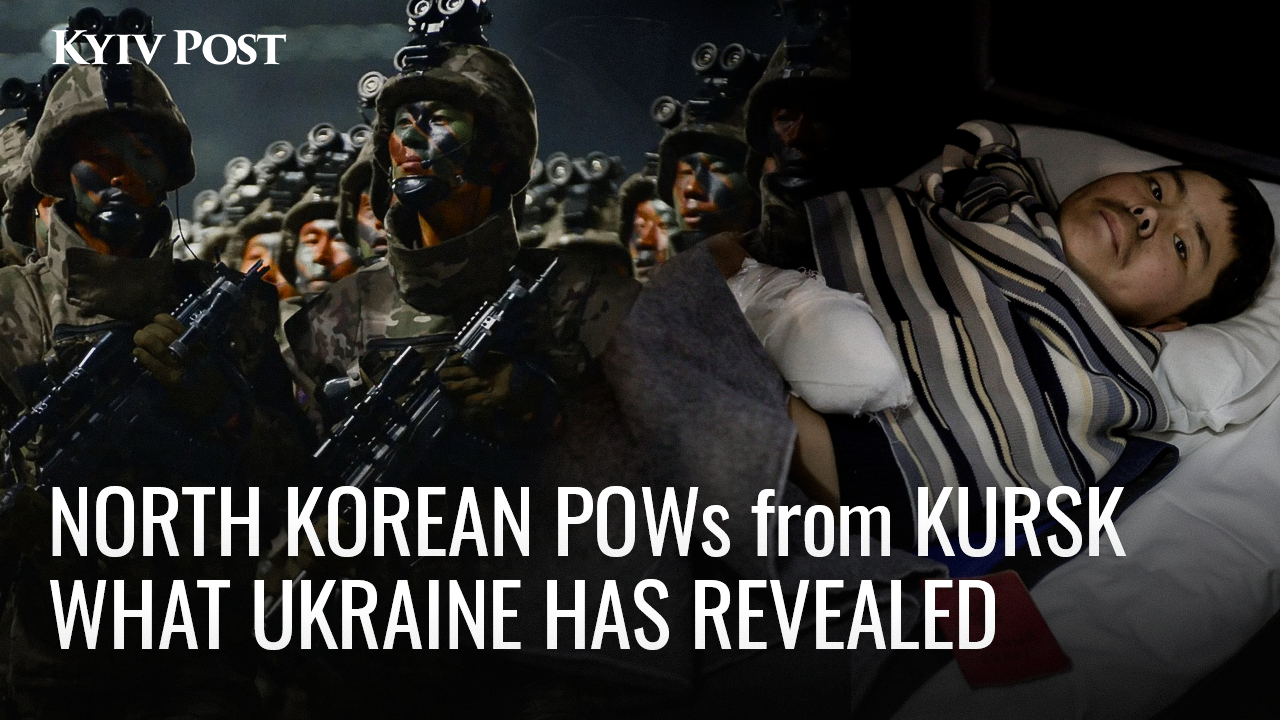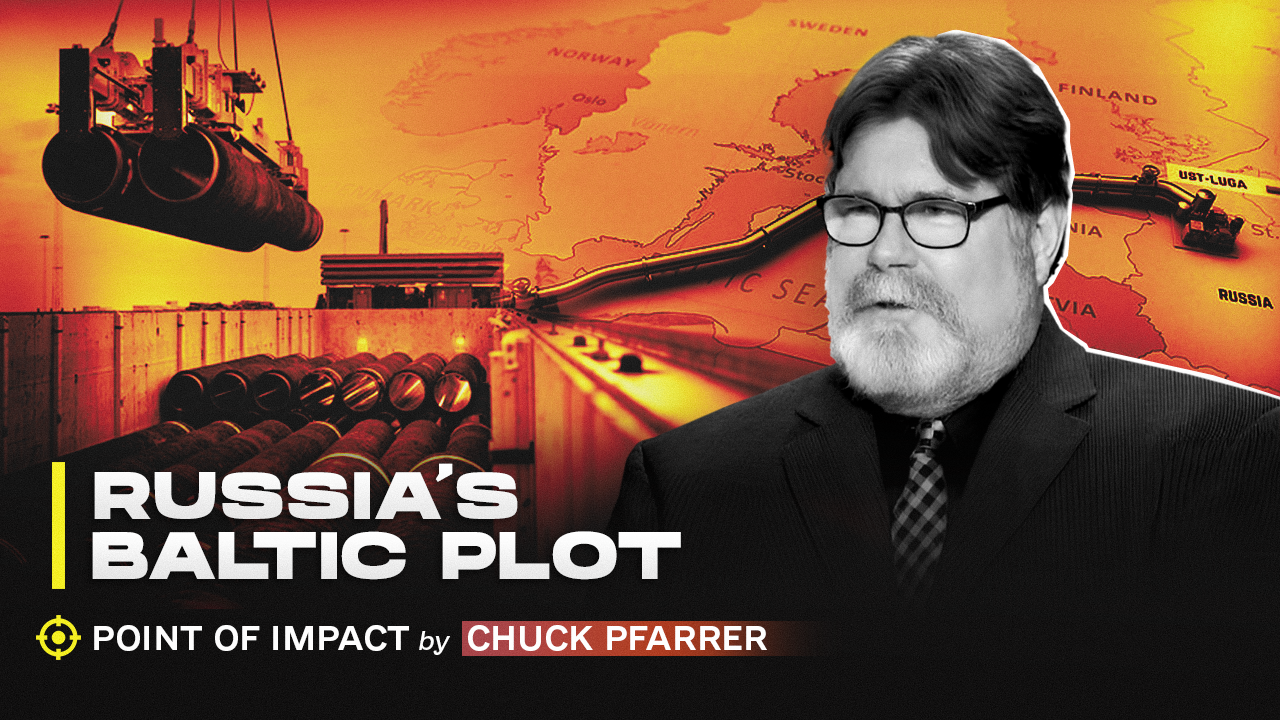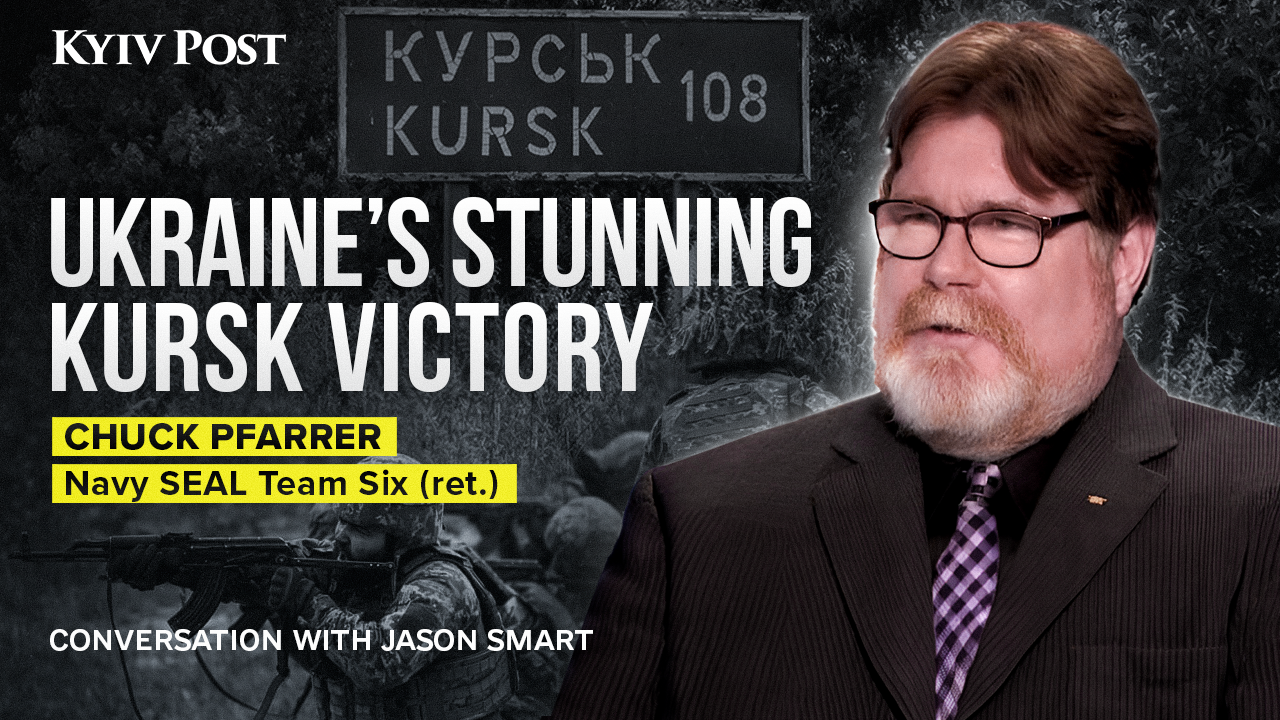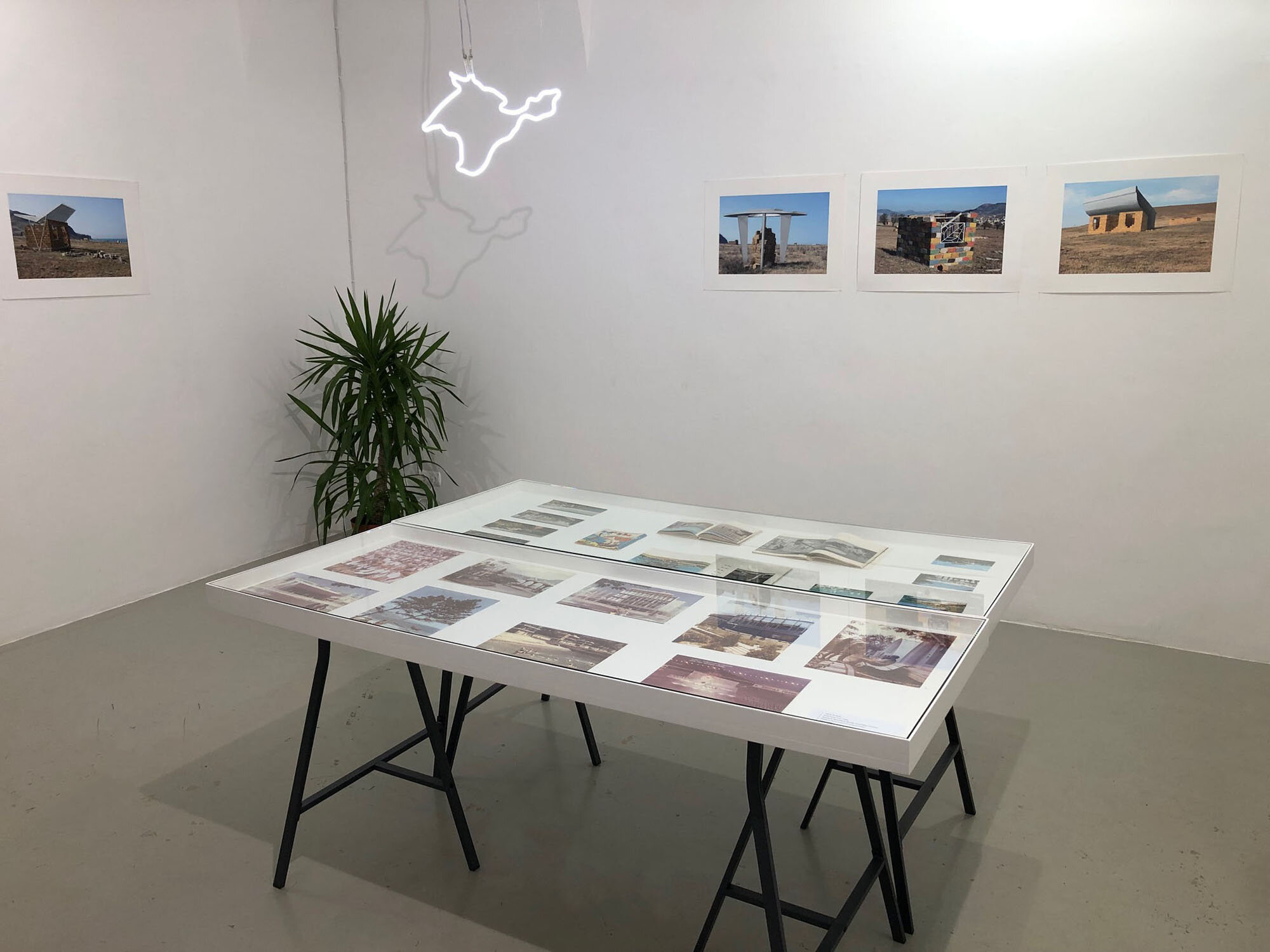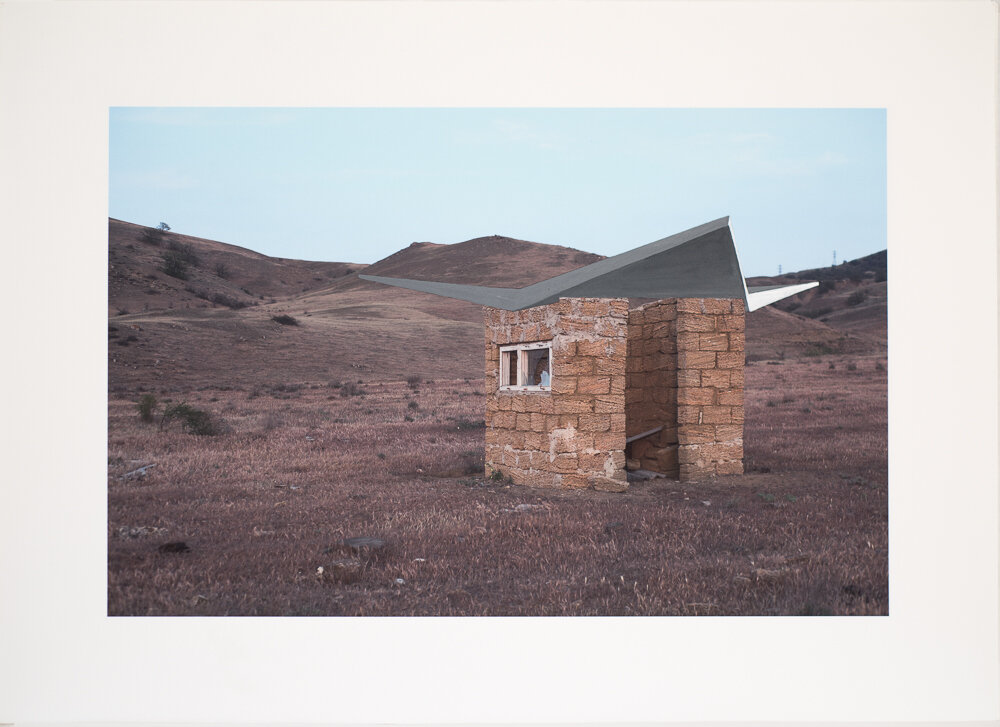Nikita Kadan raises sore subjects of Ukraine’s past and present in the most sophisticated way, through art.
One of the country’s most celebrated contemporary artists, Kadan explores Ukraine’s historical heritage and its impact, and modern issues like inequality, violence and social injustice.
JOIN US ON TELEGRAM
Follow our coverage of the war on the @Kyivpost_official.
“Art has a unique ability to show the true state of affairs,” Kadan, 38, told the Kyiv Post.
He has been using that power of art for more than 17 years, through installations, graphics, paintings and murals.
Some of Kadan’s finest and recent works are now available to see at his current exhibition, “Stone Hits Stone,” that will run at Kyiv’s Pinchuk Art Center through middle August.
Though it’s one of his few personal exhibitions in Ukraine, Kadan is an artist with global recognition. Some of his works are part of the permanent collection of world-known museums such as Pinakothek der Moderne in Munich and M HKA, the Museum of Contemporary Art in Antwerp. His pieces have also been shown at such prestigious institutions as Mumok, or the Museum of Modern Art, in Vienna, and the Waterside Contemporary gallery in London.
Becoming
It started with books.
Kyiv native Kadan was born into a family of scientists. Although there was a decent choice of books at home, Kadan’s attention was drawn to the accidentally-found Soviet publications that criticized Western modernist art.
According to the artist, these books paid great attention to Western art on the one hand, but on the other hand, there was some glowing hatred towards it.
“I wanted to do something that would be described that way,” Kadan says.
In the years to come, Kadan would study art at schools and studios and enter the National Academy of Visual Arts and Architecture. He would return to the same Soviet books criticizing Western modernism to “reestablish” his artistic mind after the “traditional” education.
“Still, when I find myself in museums in different countries, I have a special incomparable feeling when I see the artworks I once saw as a child in those Soviet books,” Kadan says.
Although Kadan had his first exhibition of watercolor drawings in the lobby of an art studio when he was around 12, he considers that his path of a truly contemporary artist has become much later, in 2004, with the foundation of the art group called Revolutionary Experimental Space, or R.E.P.
Artist-activist
One of the most crucial events in modern Ukraine’s history — the 2004 Orange Revolution, which ended Viktor Yanukovych’s attempt to rig a presidential election — pushed the civic society development. In the rise of the new-generation consciousness, Kadan, along with other 19 artists, formed R.E.P. to raise social issues and give visibility to contemporary artists in Ukraine who had little, if any, of that at the time.
One of the group’s projects was setting up a tent art gallery near the National Art Museum of Ukraine. Referring to the revolutionary protesters’ tent camp, the project highlighted the museum’s inaccessibility to rising contemporary artists and their pieces.
For several years, the group has been shaking the public space in Ukraine and beyond with its art performances and exhibitions.
“One can say that we introduced the model of activist art into the Ukrainian context, or that we were doing some kind of social assessment,” Kadan says. “But that would be just generalizing phrases.”
The group’s projects, however, speak for themselves.
R.E.P. explored some of Ukraine’s most problematic social matters like labor migration abroad or the poor performance of post-Soviet cultural institutions.
Their “Eurorenovation” project spotlighted the so-called “simulation of Westernization.” For nearly three years, the artists were creating installations where they copied “eurorenovation” — popular interior design in the Soviet apartments, using the imported cheap-looking materials that symbolize Ukraine’s desire for quick changes, only “covering its problems” but not solving them.
By the end of 2005, the group changed its structure with only six artists remaining in, including Kadan. R.E.P. still exists, although the members put on hold their group activity in 2016, each focusing on individual work.
It was after the foundation of R.E.P. that people started to call Kadan an “artist-activist.” The civic activism would remain part of Kadan’s life and art.
His “Procedure Room” project included a collection of posters and souvenir plates, created in 2009-2010, that depicted the widespread practice of police torture. The raw painted images showed various methods of torture like a cigarette being put out on a woman’s breast or a person being strangled in a plastic bag.
The posters were used during the actual protests against police violence in Ukraine and Belarus, where Kadan gave them to the anti-President Alexander Lukashenko initiative back in 2012.
“The support for Belarusian protests seems to me as a matter of honor,” Kadan says.
Some of his other works highlighted far-right attacks on Roma people in Ukraine and the public spaces being absorbed by the big businesses.
“All those ‘open’ secrets that Ukrainian publicity is full of — we see it and we know it but we pretend that it’s not happening — they must be represented. They must be said,” Kadan says.
In search of roots
Another pivotal for Ukraine uprising, 2013-2014 EuroMaidan Revolution that ousted ex-president Viktor Yanukovych, has also left a mark on Kadan’s work.
The deaths of the EuroMaidan protesters, followed by Russia’s annexation of Crimea and Russia’s invasion of the Donbas, pushed Kadan to “search for the roots” — the past events that led Ukraine to struggles it faced in 2014.
“Everything I did before was a direct social criticism here and now,” Kadan says, adding that after 2014, “a historical dimension” appeared in his work.
His 2014 “Everybody Wants to Live by the Sea” is one such project connecting the dots of the past and present together. Through archival documents, photographs and paintings, Kadan explored the Crimean Tatars’ return to the peninsula after the 1944 deportation ordered by the Soviet dictator Joseph Stalin, and how it’s connected to Crimean Tatars’ current struggle of living under the oppression of Russian occupants.
His other project, “Mutilated Myth,” used documentary photos of the 1941 Lviv massacres of Jews and graphic pieces by Polish Jewish artist Bruno Schulz as a basis for large charcoal paintings to reflect on historical memory and the past traumas of Ukrainians.
“For me, quite often the history of art is the key to the history of politics,” Kadan says.
Though Kadan has been rewarded with various accolades including the Pinchuk Art Center Prize, a nationwide prize in contemporary art, he doesn’t consider awards and international glory to be his greatest achievements.
It is rather his works that make the artist proud.
“Achievements for me relate to completed works but not to the fact that they were purchased or displayed,” Kadan says. “If you want to make it as an artist, you need to move the issues of recognition and relevance to the background. If they are at the forefront, they just block the view.”
“Stone Hits Stone.” Pinchuk Art Center (1/3-2 Velyka Vasylkivska St.) Feb. 27 – Aug. 15. Tue-Sun. 12 p.m. — 9 p.m. Free.
You can also highlight the text and press Ctrl + Enter


